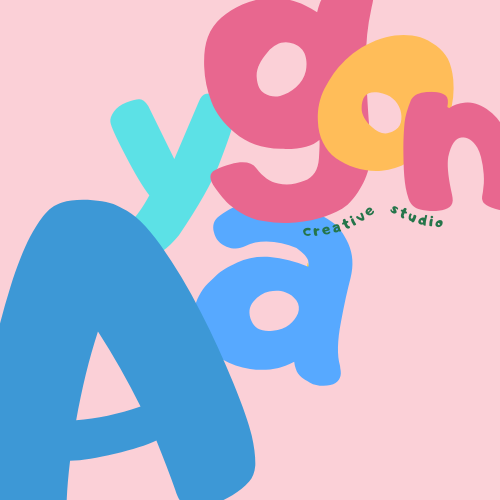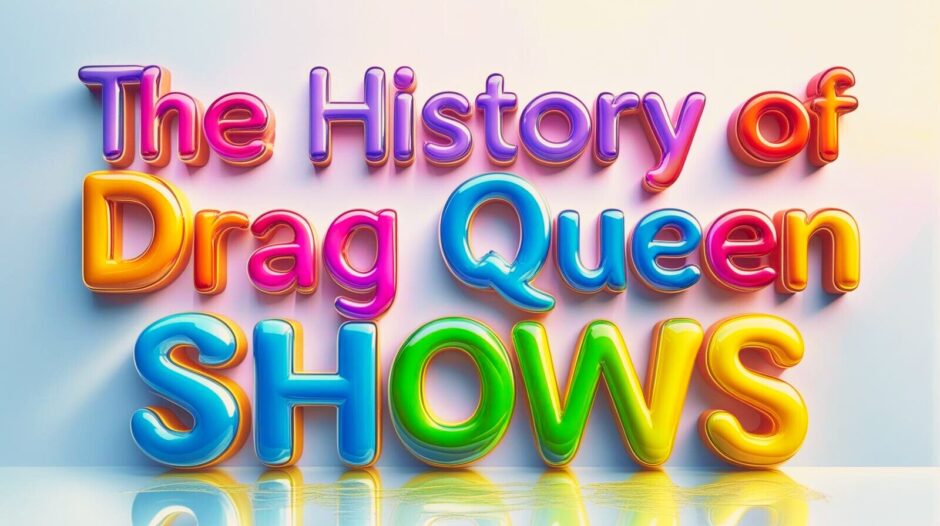こんにちは!あやごんです!
今日は「ドラッククイーンショーの歴史」について取り上げたいと思います!
みなさんは「ドラッククイーンショー」と聞いて何を思い浮かべますか?
私はカナダに来るまで、「あのオカマさんたちが派手な衣装を着てダンス💃するやつだよね?」ってくらいの印象でした(笑)
今も最初のこの印象からそこまで変わってないのですが、カナダに来てから、「ドラッククイーンショー」がQueerの歴史と深く繋がっていることを知りました。その歴史を知るとドラッククイーンショーをより楽しめたので、今日はそれを振り返って行きます!
🌍 起源:古代からの「性別表現の演技」
実は、ドラァグ(drag)文化の起源はかなり古く、
古代ギリシャや日本の歌舞伎、イギリスのシェイクスピア劇にも見られます。
当時は女性が舞台に立てなかったため、男性が女性役を演じるのが一般的でした。
この「性別を演じる」文化が、のちのドラァグにつながります。
🎭 1900年代初期〜中期:ナイトクラブ文化の中で誕生
- 1920〜30年代のアメリカでは、禁酒法時代の**スピークイージー(秘密のバー)**で、 男性が女性の装いをして歌やダンスを披露するショーが生まれました。
- 当時はまだ同性愛が違法だったため、地下文化として存在していました。
- 「drag」という言葉自体は、19世紀に「ドレスを引きずる(drag)」という意味から来ています。
💃 1960〜70年代:公民権運動とLGBTQ+解放
- **1969年の「ストーンウォールの反乱(Stonewall Riots)」**をきっかけに、 LGBTQ+の人々が公に声を上げ始めました。
- この時代に、ドラァグクイーンたちはデモやパレードで象徴的存在になり、 「誇り(Pride)」の象徴として注目を浴びます。
- 代表的な人物:マージャ・P・ジョンソン(Marsha P. Johnson) → トランス女性であり、ストーンウォールの活動家として知られています。
🌈 1980〜90年代:ポップカルチャーへの進出
- ニューヨークのボールルームカルチャーが発展(映画『Paris is Burning』で有名)。 → クィアや黒人・ラテン系コミュニティが作り上げた「ヴォーギング」や「キャットウォーク」文化。
- ドラァグが音楽・映画・テレビにも登場し始める。 例:『Priscilla, Queen of the Desert』(1994年)など。
💅 2000年代〜現在:メインストリーム文化へ
- 2009年に始まった 『RuPaul’s Drag Race』 が世界的ヒット。 → ドラァグクイーンがアート、ファッション、コメディなど多方面で評価されるように。
- 世界各地でドラァグクイーンショーやブランチイベント(Drag Brunch)が開催され、 誰でも楽しめるエンタメ文化として広がっています。
🌈まとめ
ドラァグクイーンショーは、
「性の多様性」「表現の自由」「自己愛」を祝福するアート。
昔は抑圧に対する抵抗の象徴でしたが、今では愛と誇りを表すショーとして世界中で愛されています。
ドラッククイーンショーごとのストーリーや歴史を知っているともっとショーが楽しくなるので、もし観に行く際はサラッと勉強しておくと良いかな!と思います!
The History of Drag Queen Shows 🌈
Hi everyone! It’s Ayagon here!
Today, I want to talk about the history of drag queen shows!
When you hear the words “drag queen show,” what comes to mind?
Before coming to Canada, my impression was basically:
“Oh, those fabulous performers in glamorous outfits dancing on stage, right?” 💃
Even now, that image isn’t totally wrong—but since moving to Canada, I’ve learned that drag queen shows are deeply connected to queer history.
Knowing that background has made me appreciate the shows even more, so today I’d love to share a little history with you!
🌍 Origins: Gender Expression in Ancient Times
Believe it or not, drag culture has very ancient roots.
You can find similar traditions in ancient Greek theater, Japanese Kabuki, and Shakespearean plays in England.
Back then, women weren’t allowed to perform, so men often played female roles.
This idea of “performing gender” eventually evolved into what we now call drag.
🎭 Early to Mid-1900s: The Birth of Drag in Nightlife
In the 1920s and 30s, during America’s Prohibition era, secret bars called speakeasies became places where men performed songs and dances dressed as women.
Since homosexuality was still illegal, drag existed as part of the underground culture.
The word “drag” itself comes from the 19th-century slang meaning “to drag one’s dress on the floor.”
💃 1960s–70s: Civil Rights & LGBTQ+ Liberation
In 1969, the Stonewall Riots in New York became a turning point for the LGBTQ+ movement.
Drag queens played symbolic roles in protests and Pride parades, representing freedom and visibility.
A key figure from this era is Marsha P. Johnson, a trans woman and activist who became an icon of the movement.
🌈 1980s–90s: Entering Pop Culture
During this time, New York’s ballroom culture flourished (you might know it from the film “Paris is Burning”).
Queer, Black, and Latinx communities created art forms like voguing and runway performances, which celebrated identity and creativity.
Drag also began to appear in mainstream media — for example, in movies like “Priscilla, Queen of the Desert” (1994).
💅 2000s–Today: Drag Goes Mainstream
In 2009, “RuPaul’s Drag Race” debuted and became a global phenomenon.
Today, drag queens are recognized for their talents in art, fashion, and comedy, and drag has become a celebrated form of entertainment.
From drag brunches to live performances around the world, drag is now for everyone to enjoy — regardless of gender or sexuality.
🌟 In Summary
Drag queen shows celebrate diversity, self-expression, and self-love.
Once symbols of resistance against oppression, they’ve grown into joyful celebrations of love and pride that unite people across the world.
If you ever go to a drag show, I recommend learning a bit about its history first — it’ll make the experience even more meaningful and fun! 💖
 Ayagon’s Cozy Diary🌈
Ayagon’s Cozy Diary🌈 


